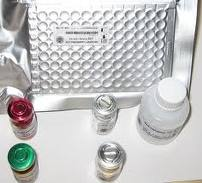
Product name:Ascorbate oxidase
CAS:9029-44-1
Specification:1ku
Description:
This enzyme belongs to the family of oxidoreductases, specifically those acting on diphenols and related substances as donor with oxygen as acceptor. The systematic name of this enzyme class is L-ascorbate:oxygen oxidoreductase. Other names in common use include ascorbase, ascorbic acid oxidase, ascorbate oxidase, ascorbic oxidase, ascorbate dehydrogenase, L-ascorbic acid oxidase, AAO, L-ascorbate:O2 oxidoreductase, and AA oxidase. This enzyme participates in ascorbate metabolism. It employs one cofactor, copper.
Ascorbate oxidase is a copper-containing enzyme, located in the cytoplasm or combined with the cell wall. Coupled with other oxidation-reduction reactions, it can play the role of terminal oxidase, catalyze the oxidation of Ascorbate oxidase, and has anti-aging effects. It plays an important role in the metabolism of substances in plants. Under the catalysis of this enzyme, molecular oxygen oxidizes ascorbic acid to dehydroascorbic acid, which exists in the cell sol and cell wall, and the enzyme contains copper. Pyruvate, isocitric acid, a. Ketoglutaric acid, malic acid, glucose, 6. Phosphoric acid, 6. Phosphoglucosinic acid can remove H proton under the action of dehydrogenase, transfer H proton to coenzyme, and then pass the H proton to Ascorbate oxidase to Ascorbate oxidase.
Ascorbate oxidase showed two peaks of activity when the temperature was below 45°C, and one peak when the temperature was above 50°C. The enzyme activity lasted for a long time when the temperature was below 50°C, reaching 40min. Moreover, the activity advanced as the temperature increased.

